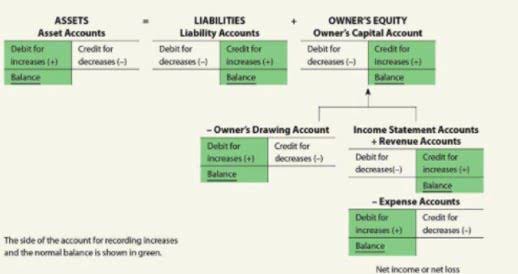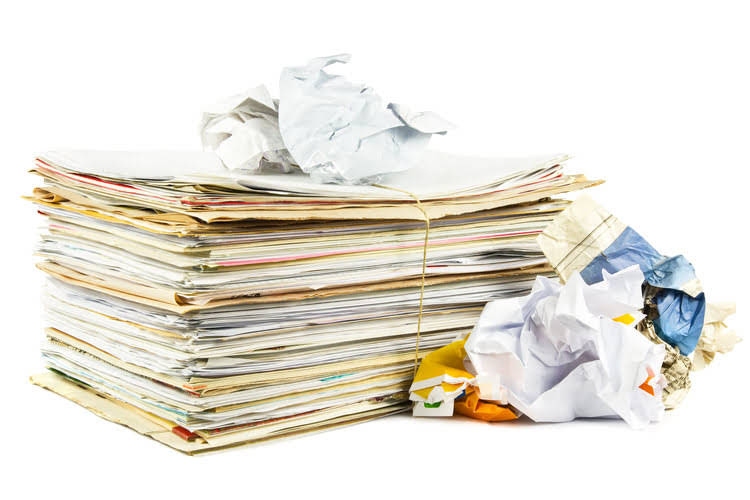
For example, wages payable are considered a liability as it represents the amount owed to employees for their work but not yet paid. Proper understanding and management of liabilities in accounting are essential for a company’s financial stability and growth. By keeping track of these obligations and ensuring they are met in a timely manner, a company can successfully avoid financial crises and maintain a healthy financial position. Lease classification affects financial statements by influencing both the balance sheet and income statement.
- Examples of accrued expenses include wages payable, interest payable, and rent expenses.
- Just as your debt ratios are important to lenders and investors looking at your company, your assets and liabilities will also be closely examined if you are intending to sell your company.
- It is usually payable to an external party (e.g. lenders, long-term loans).
- Liabilities are listed on a company’s balance sheet and expenses are listed on a company’s income statement.
- By far the most important equation in credit accounting is the debt ratio.
- But not all liabilities are expenses—liabilities like bank loans and mortgages can finance asset purchases, which are not business expenses.
If your company has expenses, Alaan is the solution for you

Settlement of a liability can be accomplished through the transfer of money, goods, or services. A liability is increased in the accounting records with a credit and decreased with a debit. A liability can be considered a source normal balance of funds, since an amount owed to a third party is essentially borrowed cash that can then be used to support the asset base of a business. Managing business finances is a complex and critical responsibility.
Current (Near-Term) Liabilities
- ROU assets are typically amortized on a straight-line basis over the lease term unless another method better reflects the pattern of use.
- On a balance sheet, these two categories are listed separately but added together under “total liabilities” at the bottom.
- Learn how automated accounting software simplifies financial management with efficiency.
- You can think of liabilities as claims that other parties have to your assets.
- On the other hand, long-term liabilities, or non-current liabilities, extend beyond a year.
Liabilities also have implications for a company’s cash flow statement, as they may directly influence cash inflows and outflows. For example, a mortgage payable impacts both the financing and investing sections of the cash flow statement. As the company makes payments on the mortgage, the principal portion of the payment reduces the mortgage payable, while the interest portion is accounted for as an interest expense. A company may take on more debt to finance expenditures such as new equipment, facility expansions, or acquisitions. When a business borrows money, the obligations to repay the principal amount, as well as any interest accrued, are recorded on the balance sheet as liabilities.

Contingent liabilities
- Samsung Electronics reported a total liability of ₩121.72 trillion (approximately AED 390.7 billion), divided into current and non-current liabilities.
- This includes all money owed to creditors, like payroll liabilities, accounts payable, costs for rent or mortgage, loans, pension liabilities, etc.
- If the likelihood is remote, no disclosure is generally required unless required under another ASC topic.
- When this happens, you can reasonably estimate the amount of the resulting liability.
- US GAAP requires some businesses to disclose or report contingent liabilities.
- The current ratio evaluates a company’s ability to meet short-term obligations with its current assets.
- Most companies don’t pay for goods and services as they’re acquired, AP is equivalent to a stack of bills waiting to be paid.
You should record a contingent liability if it is probable that a loss will occur, and you can reasonably estimate the amount of the loss. If a contingent liability is only possible, or if the amount cannot be estimated, then it is (at most) only noted in the liability accounts disclosures that accompany the financial statements. Examples of contingent liabilities are the outcome of a lawsuit, a government investigation, or the threat of expropriation.

Learn how Petty cash systems have long been a go-to for managing minor business expenses, but they come with risks like errors, inefficiencies, and misuse. Leveraging bookkeeping and payroll services AI Automation, Alaan ensures accurate reconciliation, categorisation of liabilities, and seamless integration with accounting platforms like Xero and QuickBooks. Ensure that all entries for obligations are updated and accurately recorded. Next, let’s explore the different types of liabilities and how they are categorised. Current and Contingent are the 2 types of liabilities from the list.
How are liabilities related to assets and equity?

One of the simplest ways to think about liabilities is that they’re a kind of third-party funding. You would use this funding to purchase business assets and fund other areas of your operations. The portion of the vehicle that you’ve already paid for is an asset. Financial liabilities can be either long-term or short-term depending on whether you’ll be paying them off within a year. Let’s look at a historical example using AT&T’s (T) 2020 balance sheet. The current/short-term liabilities are separated from long-term/non-current liabilities.
